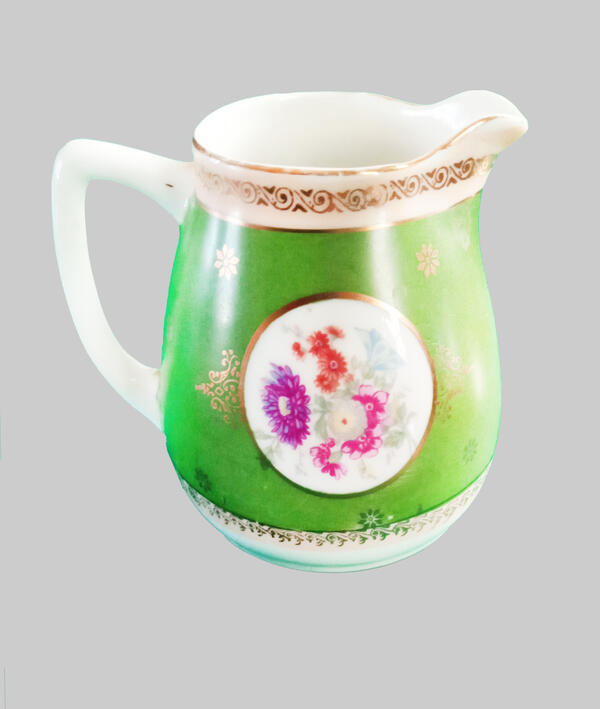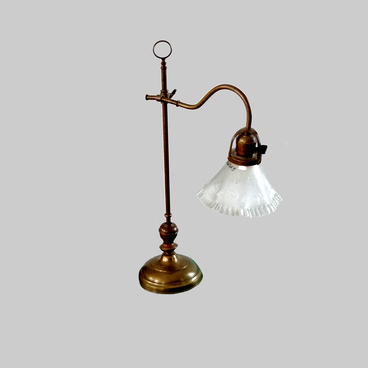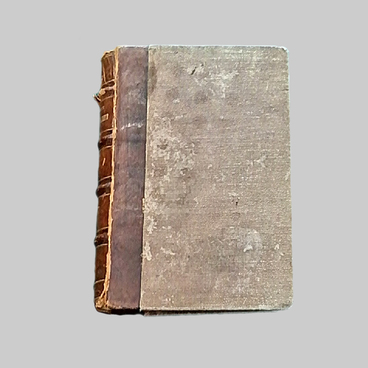Out of many things that bring to mind Russia, several kinds of kitchenware take a special place. These include porcelain products and, in particular, products of the M.S. Kuznetsov porcelain and faience comradeship products. The milk pitcher displayed in the large sitting room was made at the beginning of the 20th century at this very enterprise.
Russian porcelain and faience, as practical as they are, have always been distinguished by their distinctively elegant and lively style, as most household utensils of Russian masters of all times did. Kuznetsov’s elegant and sophisticated porcelain perfectly matches this description. The milk pitcher on display can serve as an excellent example: a pastoral portrait of a woman is painted in its central volume, and an exquisite golden border surrounds the lower edges. Its shape is outward directed, precise and graceful.
Although porcelain and faience products of the Kuznetsov Comradeship had played a very important role in the history of Russian decorative and applied art, it was only recently that they received a well-deserved appreciation and were honored the status of antiques. The fact is that comradeship dishes in the 19th century were primarily a commodity of mass consumption. Accordingly, decorations and paintings were made by stamping, often eclectic and overly variegated. This can be seen especially clearly in Gardner factory paintings near Moscow, where new painting concepts were often applied to already outdated forms. Such blunders gave rise to a disapproving attitude towards the products of the entire Partnership, and even gave it the offensive nickname “Kuznetsovshchina”: as tasteless things were often referred to.
Any Kuznetsov Comradeship product would invariably have their special brand on it.
The early stamps of the Kuznetsov partnership usually had a vignetted shape enclosed in a circle with the inscription “Factory of the Kuznetsov brothers”. The brand itself was usually slightly indented and drawn in blue or green. Some copies may contain spelling errors. During the period of mass production, they began to put overglaze markings in green or blue on the products; gold and even red colors with Arabic script are less common. Each plant and factory of the Kuznetsov Comradeship had its own stamp indicating the plant or place of manufacture.
Russian porcelain and faience, as practical as they are, have always been distinguished by their distinctively elegant and lively style, as most household utensils of Russian masters of all times did. Kuznetsov’s elegant and sophisticated porcelain perfectly matches this description. The milk pitcher on display can serve as an excellent example: a pastoral portrait of a woman is painted in its central volume, and an exquisite golden border surrounds the lower edges. Its shape is outward directed, precise and graceful.
Although porcelain and faience products of the Kuznetsov Comradeship had played a very important role in the history of Russian decorative and applied art, it was only recently that they received a well-deserved appreciation and were honored the status of antiques. The fact is that comradeship dishes in the 19th century were primarily a commodity of mass consumption. Accordingly, decorations and paintings were made by stamping, often eclectic and overly variegated. This can be seen especially clearly in Gardner factory paintings near Moscow, where new painting concepts were often applied to already outdated forms. Such blunders gave rise to a disapproving attitude towards the products of the entire Partnership, and even gave it the offensive nickname “Kuznetsovshchina”: as tasteless things were often referred to.
Any Kuznetsov Comradeship product would invariably have their special brand on it.
The early stamps of the Kuznetsov partnership usually had a vignetted shape enclosed in a circle with the inscription “Factory of the Kuznetsov brothers”. The brand itself was usually slightly indented and drawn in blue or green. Some copies may contain spelling errors. During the period of mass production, they began to put overglaze markings in green or blue on the products; gold and even red colors with Arabic script are less common. Each plant and factory of the Kuznetsov Comradeship had its own stamp indicating the plant or place of manufacture.



